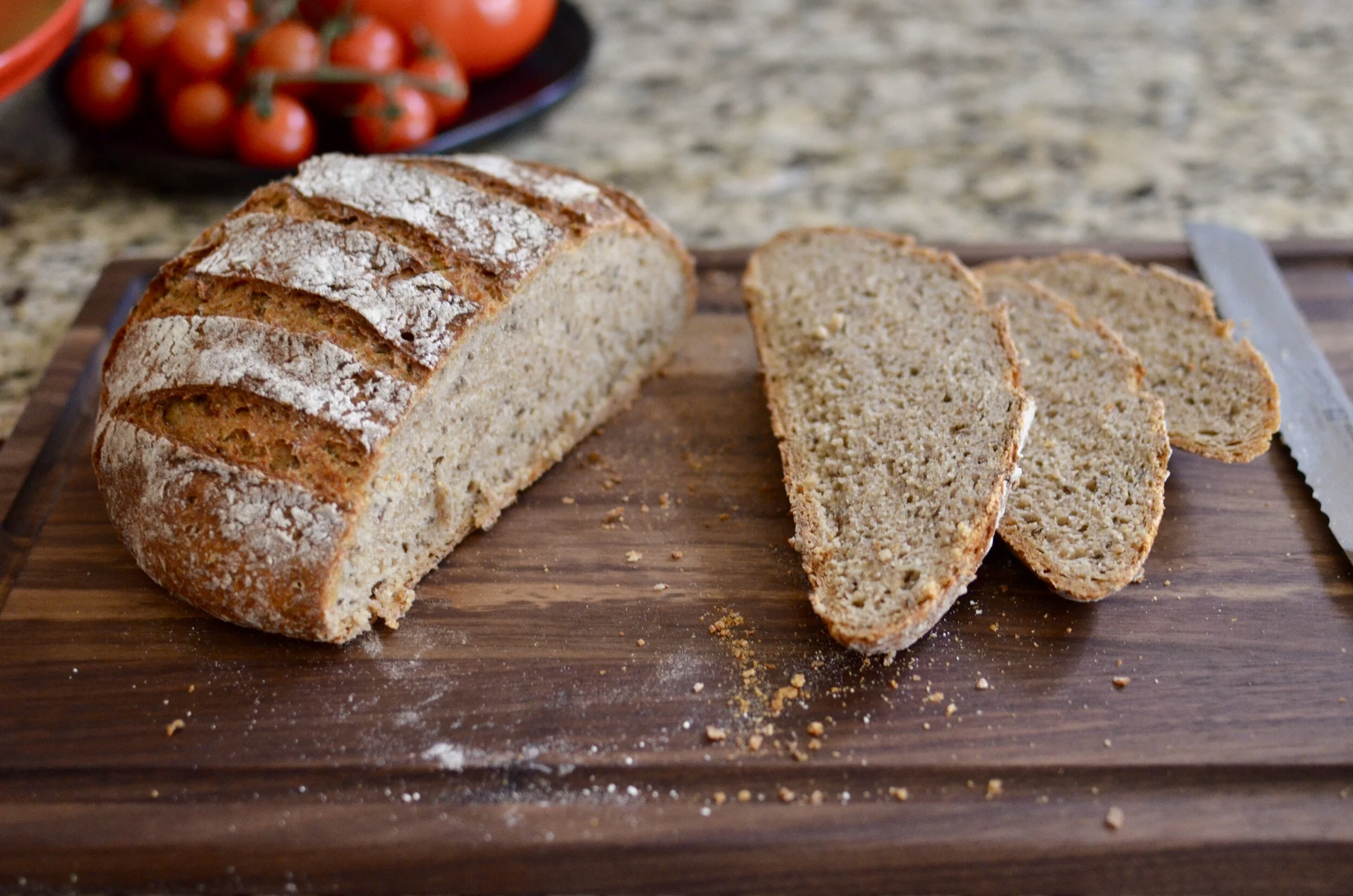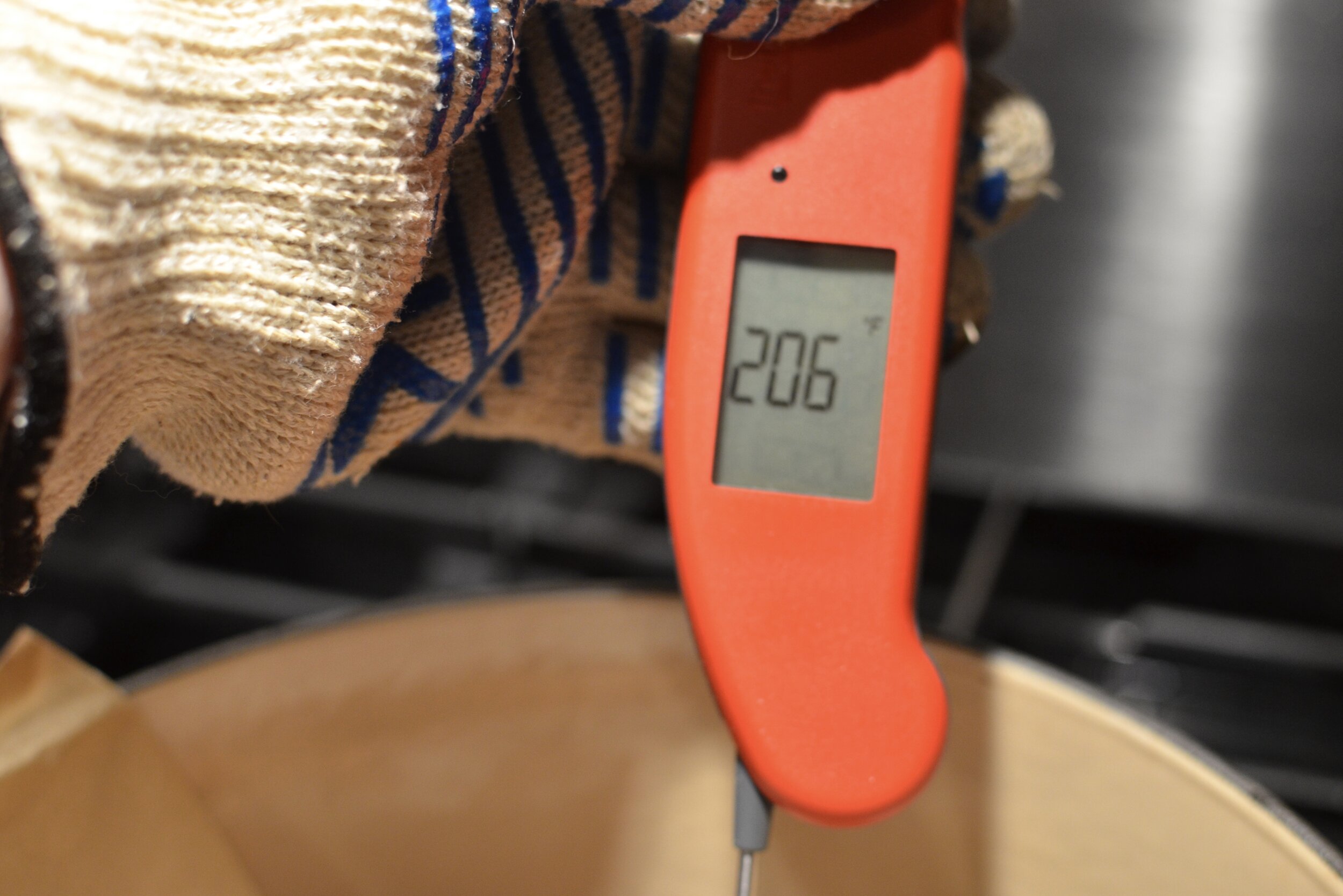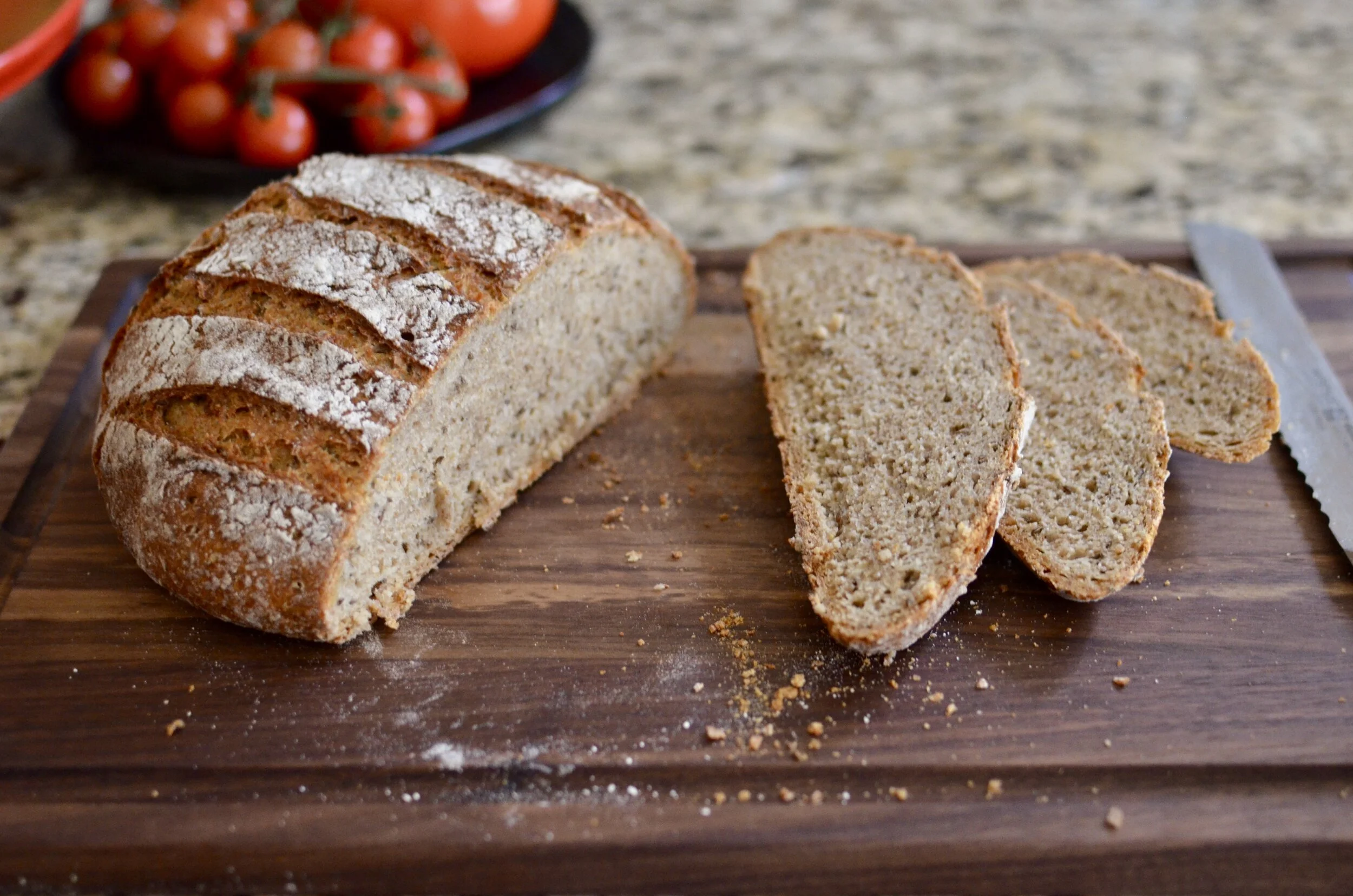Italian Easter Bread
Patricia @ ButterYum
This is one of the most delicious Italian Easter Bread recipes you’ll ever have, and it’s straight from the old country. The dough is an absolute dream to work with. The recipe makes 6 of these festive twisted breads (or two large loaves) and I can’t imagine letting an Easter go by without them. Happy Baking!
I took photos of this recipe a year ago and didn’t post it because my camera’s sd card was partially corrupted, meaning I lost many of the process photos. Fast forward to just recently, I was going through my cell phone’s camera roll and, to my surprise, there were several photos from this recipe. I never use my phone to take pics when I’m shooting a recipe for this blog so how cool is that? Anyway, here you go, a mix of high quality camera and low quality phone pics. Not ideal, but enough that you should be able to follow the process of making this amazing Italian Easter Bread. Here’s how….
You’ll need 6 hard-cooked eggs that have been colored. The photos I took of this process were some of those that were corrupted, but here’s the aftermath. The process is simple, soak hard-cooked eggs in cups filled with warm water, a splash of white vinegar, and food coloring. Soak the eggs until the color you desire is achieved, the remove from the water and allow to dry on paper towels. I used gel food colors (like these). There are so many more colors to choose from (and they’re vibrant enough to color white and brown shelled eggs).
Personally, I like to use a variety of colored eggs, but some like just red, and others use uncolored eggs (white and/or brown). Heck, some people don’t use any eggs at all, but what fun is that?
I’m also a fan of decorating my easter bread with confectioner’s sugar icing and colored sprinkles, but some prefer no icing, just a sprinkling of nonpareils or pearl sugar. You do you!
More corrupted photos for the bread dough, but it’s pretty straight forward. You can make the dough with stand mixer or a hand mixer. It’ll need to rise for about an hour, covered, before shaping.
Then the dough is divided into 12 equal portions, Each portion will then be rolled into a 10-inch snake. Twist 2 snakes together before forming into a circle, pinching the ends together. Place on a silpat or parchment-lined half sheet pan and put an egg in the center of each. Repeat with the remaining dough until 6 breads are formed.
Cover with plastic that’s been sprayed with nonstick cooking spray; allow to rise for 45 minutes.
Now’s a good time to preheat your oven.
After 45 minutes have passed, brush breads with egg wash and sprinkle with pearl sugar or nonpareils sprinkles. If you plan to add icing, use the egg wash, but hold off on adding pearl sugar or nonpareil sprinkles.
Bake as directed in the recipe below. Allow breads to rest for several minutes before transferring to a rack to cool completely (especially if you plan to ice them).
To make the optional icing, whisk the ingredients together until smooth (cover bowl with damp towel until ready to use).
Pour icing over breads when they’re completely cool. Add coordinating nonpareil sprinkles, if desired.
Happy Easter - Enjoy!
Items used to make this recipe:
(affiliate links)
pearl sugar https://amzn.to/3w5KOWp
gel food colors https://amzn.to/3w58hqy
the best pure vanilla extract https://amzn.to/3ovS9fE
kitchen scale https://amzn.to/3uLRKd9
nonpareil sprinkles https://amzn.to/3db824I
Italian Easter Bread
makes 6 individual breads or 2 large loaves
Ingredients
Easter Breads:
1 1/4 cup whole milk (300ml)
8 tablespoons unsalted butter (114g)
2 large eggs (100g)
1/2 cup granulated sugar (100g)
1 teaspoon pure vanilla extract (or half pure almond extract)
1/4 teaspoon fine salt (5ml)
2 1/4 teaspoons instant or active dry yeast (1 packet/.25oz/7g)
4 cups all purpose flour, sifted (480g)
6 hard-cooked eggs, colored
sprinkles and/or pearl sugar for decoration
Egg Wash:
1 large egg
1 tablespoon water
Optional Icing:
1 cup confectioner’s sugar, sifted
1-2 tablespoons heavy cream or whole milk
1/2 teaspoon pure vanilla extract (or half as much pure almond extract)
Directions
Gently warm milk and butter together over medium heat until the milk is warm (not hot) and the butter is melted.
In a medium mixing bowl, whisk together the flour and salt.
In a large mixing bowl, combine eggs, sugar, and vanilla with a hand mixer on medium- low speed for 30 seconds.
Slowly add the warm milk/butter mixture, followed by the yeast.
Add the flour/salt mixture, a little at a time, until all the flour is incorporated.
Turn the soft, sticky dough onto a floured work surface and knead by hand for several minutes until smooth.
Place the dough into an oiled bowl, cover with plastic, and allow to rise at room temperature until it doubles in size (about 1 hour).
Divide dough into 12 equal portions and roll each portion into a 10-inch snake.
Twist 2 snakes together before forming into a circle, pinching the ends together; place on a silpat or parchment-lined half sheet pan and put an egg in the center of each. Repeat 5 more times.
Cover breads with oiled plastic wrap and allow to rise for 45 minutes.
Preheat oven to 350F.
Just before baking, make egg wash by whisking egg and water together; brush breads with egg wash and sprinkle with sugar or nonpareil sprinkles (omit sugar and sprinkles on the breads you plan to ice)..
Bake in preheated oven for about 20 minutes or until golden brown on top.
Remove from oven and allow to cool completely.
For breads decorated with icing, whisk icing ingredients together until smooth, then pour oven completely cooled breads and sprinkle with nonpareil sprinkles. Allow icing to set before serving.
Notes
Recipe makes 6 individual breads or two large braided loaves.
Personally, I like to decorate my bread with a variety of colored eggs that I can accent with confectioner’s sugar icing and coordinating sprinkles. Some people use only red eggs, some use uncolored eggs (white and/or brown), and others choose not to use any eggs at all.
To color my eggs, I prefer gel food colors because they’re very vibrant and there are so many colors to choose from.
Be sure to use hard-cooked eggs as uncooked eggs may crack in the oven.
Yes, you can eat the eggs after the bread is baked, but they’ll be very tough. We usually don’t eat them.
Bread dough can be made with a hand mixer or in a stand mixer fitted with a whip attachment until all the flour is incorporated, then switch to the dough kneading hook.
Large loaves can be braided instead of twisted - divide the dough for each loaf into 3 equal pieces, roll into 20-inch long strands, and braid them together. Form into a circle, pinch the ends together, and nestle 3 eggs per loaf into the braid before the 2nd rise.
recipe adapted from Nonna Gina Pettiti
































